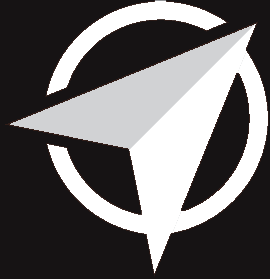
Section 3
Leading and Developing People
This section examines ways leaders can personally create the environments and opportunities for enabling others to excel in their roles as talent professionals. How do you work with others to help them build their personal capabilities and help them to convert the learning into performance actions and behaviors that affect team and organizational success through continually coaching? People development is the essence of the role for a leader and is even more critical for leaders of learning professionals. As Elaine Biech stated in Capabilities for Talent Development, “We need to ratchet up our role to become advisor to leaders. We need to know what their problems are and have the skills, tools, and techniques to help them solve them” (Galagan, Hirt, and Vital 2019).
This section provides ideas for making an organizational impact using a variety of ways to set the learning team up for success. Chapter 10 starts with determining how you will advertise a role when hiring. This must be intentional to ensure that your team has the collective and future-focused skills needed. Sarah Siegel and Elizabeth Huttner-Loan of IBM share their story for assessing their team needs and benchmarking other organizations to understand who they were hiring—even paying attention to the titles used and the specific requirements detailed in the job descriptions. They did not leave this to the hiring department—they did their own research. The intentionality continued as they made selections and onboarded the new team members.
Chapter 11 provides 10 unique ways to enable a team to continually learn and share with one another to leverage the collective capability. The ideas model what Lew Platt, the former CEO of HP, once said: “If only HP knew what HP knows, we would be three times more productive.” Laura Solomon and Caroline Fernandes of IBM explore opportunities available through badging, game mechanics, and content bundles and discuss sharing through watercooler sessions, learning toolkits, webinars, and coaching circles. The value is in having a variety of tools so that participants do not get bored, but also in continually adding tools that the learning team can experience first and then use with others as part of their professional practice.
While it is critical to stay current in how you practice your craft, Alissa Weiher explores several other ways talent development leaders enable themselves and others to build capabilities. First, you continue to build personal awareness of your leadership style and how you show up to others. You invest time and energy in your personal development and model self-directed learning. You serve as the guiding light for developing those on your team through coaching and creating an environment where they are encouraged to learn, take actions, and improve their performance. You demonstrate discipline and perseverance by earning credentials and advanced degrees. You engage with professional organizations to further your leadership and learning. And finally, you invest time in branding your collective department as experts in their profession, as professionals willing and able to engage at the senior levels to determine how the organization will gain or maintain competitive advantage.
